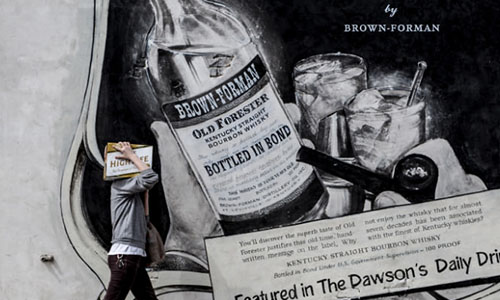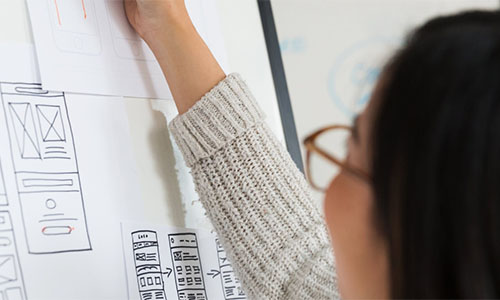Get visceral and authentic reactions to new ad concepts
Advertising & Marketing
Evaluate resonance, relevance and overall impressions of new concepts, platforms, messages, headlines, and taglines.
How the process works
- Identify concepts, segments and prepare testing materials (e.g. existing campaign, platform, characters, music etc) for participant feedback
- Design concept testing protocol per segment
- Use Fabric remote video capture to gather participant reactions to concept desirability and willingness to pay across segments
- Use additional inquiry methods to delve deeper into relevant unmet needs surrounding concepts
- Invite participant to brainstorm ideas (explain or sketch) new or improved concepts
Methods used
- Concept review and desirability feedback
- Concept sorting from most to least desired
- Feature set and content category sorting and prioritization
- Willingness to pay inquiry to identify perceived concept value
- Participatory brainstorming to surface concept improvements and new concepts
Timing and cost
- Studies can be set up in minutes and usually involve 15 or more participants. Videos, transcripts, and analysis through Fabric’s AI show up as soon as participants complete their surveys.
- The “Bring Your Own Recruits” option starts at $50 per person. Each person you invite from your list answers up to 10 questions per study, yielding 10 x 1 minute video responses per person. Includes transcripts (machine & human for accuracy), and access to our sentiment and emotion based AI.
- The “DIY + Recruit” option starts at $250 per person, and you create a study recruiting from our proprietary database of over 250,000 respondents. Each person answers up to 10 questions per study, yielding 10 x 1 minute video responses per person. Includes screening, transcription (human + machine for accuracy), and access to our proprietary sentiment and emotion based AI.
Deliverable
15 participants each answer 10 questions using the video on their smartphone or laptop. That produces 150 x 1 minute video clips and corresponding transcripts (both through Fabric’s AI, and a parallel service that includes a human’s eyes to capture important nuances).
All delivered via a cloud-based link that is shareable, and assets that can be downloaded (videos in MP4 format) to be used to bring the insights to life for presentations, and highly engage audiences
Examples
A leading telco launched a new campaign platform, and was curious to understand (a) how the campaign resonated in the real world and (b) what could be done to it to extend its shelf life in the most meaningful ways to consumers. 30 consumers from across the country completed studies that linked them to the campaigns so they could provide their personal and genuine reactions to the platform, the individual ads, as well as the advertising elements (music, tone, characters and more).
The net result was that the client learned the platform was indeed resonant, but there were disconnects when the platform connected to generic product offerings they could obtain from competitors





